African Americans making history.
The Historic Stone Home serves as a vital link between Savannah's rich historical past and the ongoing legacy of African American resilience and achievement. Spanning centuries, the property's story is deeply rooted in the transformation of Georgia's social and economic landscape, from its origins as part of the Placentia Plantation to its emergence as a symbol of empowerment and progress. Owned and cultivated by remarkable individuals, including influential African American leaders, the property reflects the enduring contributions of the Stone family and their ancestors to education, agriculture, and civil rights advocacy. Once part of the Placentia Plantation, a prominent rice plantation in Savannah’s early colonial period, the property’s historical trajectory reflects the broader social and economic changes in the region. The plantation, established after the lifting of Savannah’s ban on slavery, was owned by notable colonial figures and eventually Savannah’s mayor. By the mid-19th century, the plantation was subdivided into twelve lots known as the Placentia Tract, with Lot Nine becoming the foundation of the Historic Stone Home. Notably, the lot’s ownership transitioned to women at a time when property ownership by women was rare, highlighting its unique historical importance. In the late 19th and early 20th centuries, the tract underwent further subdivision, with a 7-acre portion purchased by an influential African American who significantly impacted Georgia’s Black youth. By the 20th century, Percy H. Stone Sr., the first African American State Leader of Georgia’s 4-H Club, acquired the property.
The property’s history is deeply intertwined with Savannah’s African American heritage. Genealogical research reveals that ancestors of those enslaved on Placentia Plantation now owned and reside on the land, symbolizing resilience and reclaiming a painful legacy. The property became a center for education, community gathering, and empowerment. The Historic Stone Home also served as a hub for local agricultural development, aligning with the mission of Savannah’s Black Extension Service.
Today, the Historic Stone Home stands as a testament to the perseverance and contributions of African Americans in the South. It reflects a rich history of transformation—from plantation land to a beacon of progress and empowerment. The legacy of the Stone family is celebrated not only through historical preservation but also through ongoing efforts to educate and inspire future generations.

Percy H. Stone Sr. was born in 1893 in Rocky Mount, Virginia, and raised with a deep understanding of the importance of land ownership for African Americans. He attended the Hampton Institute and later the University of Connecticut, focusing on agriculture. Stone’s career included pivotal roles with the Cooperative Extension Services, where he enhanced farming practices and sanitary conditions for rural communities. His tenure as the state leader of the Negro 4-H Club brought lasting changes, including the establishment of a centrally located summer camp for Black youth, culminating in the opening of the Dublin 4-H Center in 1957. Stone retired in 1959 but remained active in community development and mentoring. He was a deacon at Second African Baptist Church and a respected figure in Savannah.

Silas Peeler, Harriet’s father, was a Methodist minister deeply involved in education and community service. His leadership at institutions like Bennett College showcased his dedication to advancing opportunities for African Americans. Here is an image captured in 1910 with Booker T. Washington from the Peeler Archives in Greensboro, NC. Peeler often collaborated with Booker T. Washington to enhance higher education for African Americans in North Carolina.

Silas Peeler’s influence extended to his children, instilling in them a commitment to education and social progress.
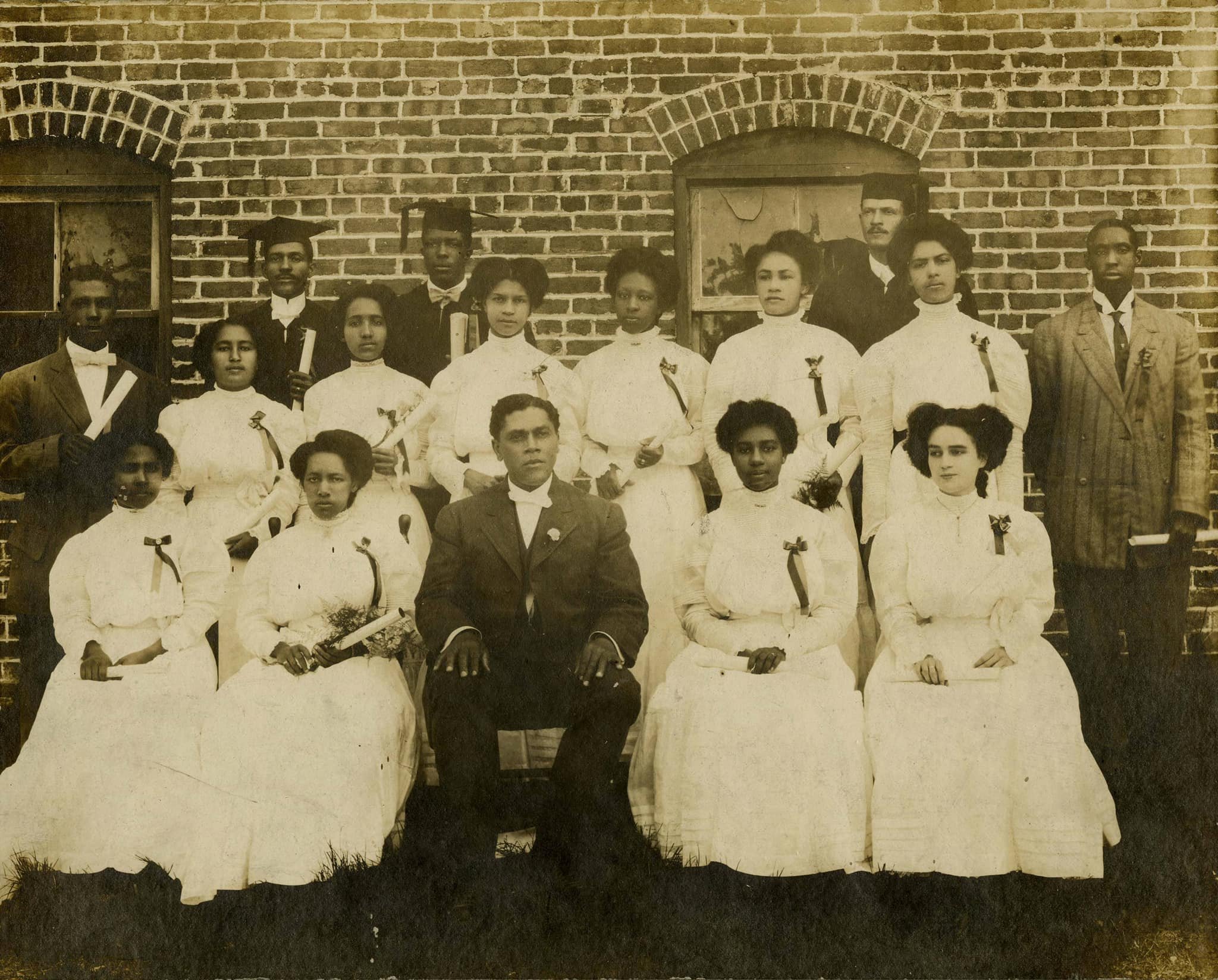
Rev. Silas Peeler was also a Bennett Graduate. When he assumed the presidency of the University, he added a course in agriculture. He made the center of the campus into a farm where we grew mainly turnips and corn.

Monroe Nathan Work, born in 1866, was a trailblazing sociologist and historian. While working at Savannah State University, Booker T. Washington called for Monroe Nathan Work to establish the Department of Records and Research at Tuskegee Institute, where he published the "Negro Yearbook" and the monumental "Bibliography of the Negro in Africa and America," containing over 17,000 entries. Work’s efforts to document African American achievements and challenges were groundbreaking, earning him numerous accolades, including a degree from Howard University and a portrait in the Smithsonian’s "Portraits of Outstanding Americans of Negro Origin."
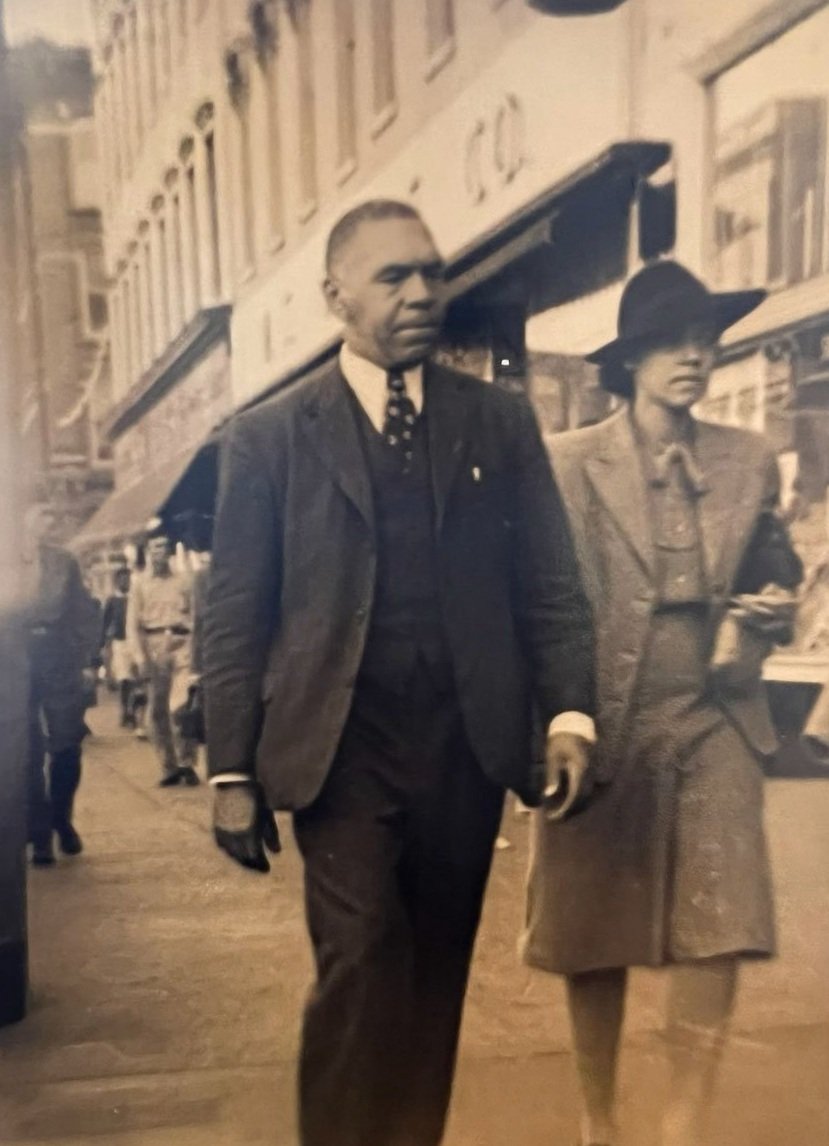
Percy Stone's wife, Harriet Peeler Stone, made significant contributions to early childhood education and civil rights advocacy. Her work in nutrition research and her role in Savannah’s Head Start program underscore her commitment to community advancement. Harriet and Percy raised their family at the Historic Stone Home and used their home and garage apartment to provide shelter and mentorship for numerous Savannah State College students. Their land became a haven of Black influence, where their community could gather for Family Day's, church gatherings, educational seminars, and more.

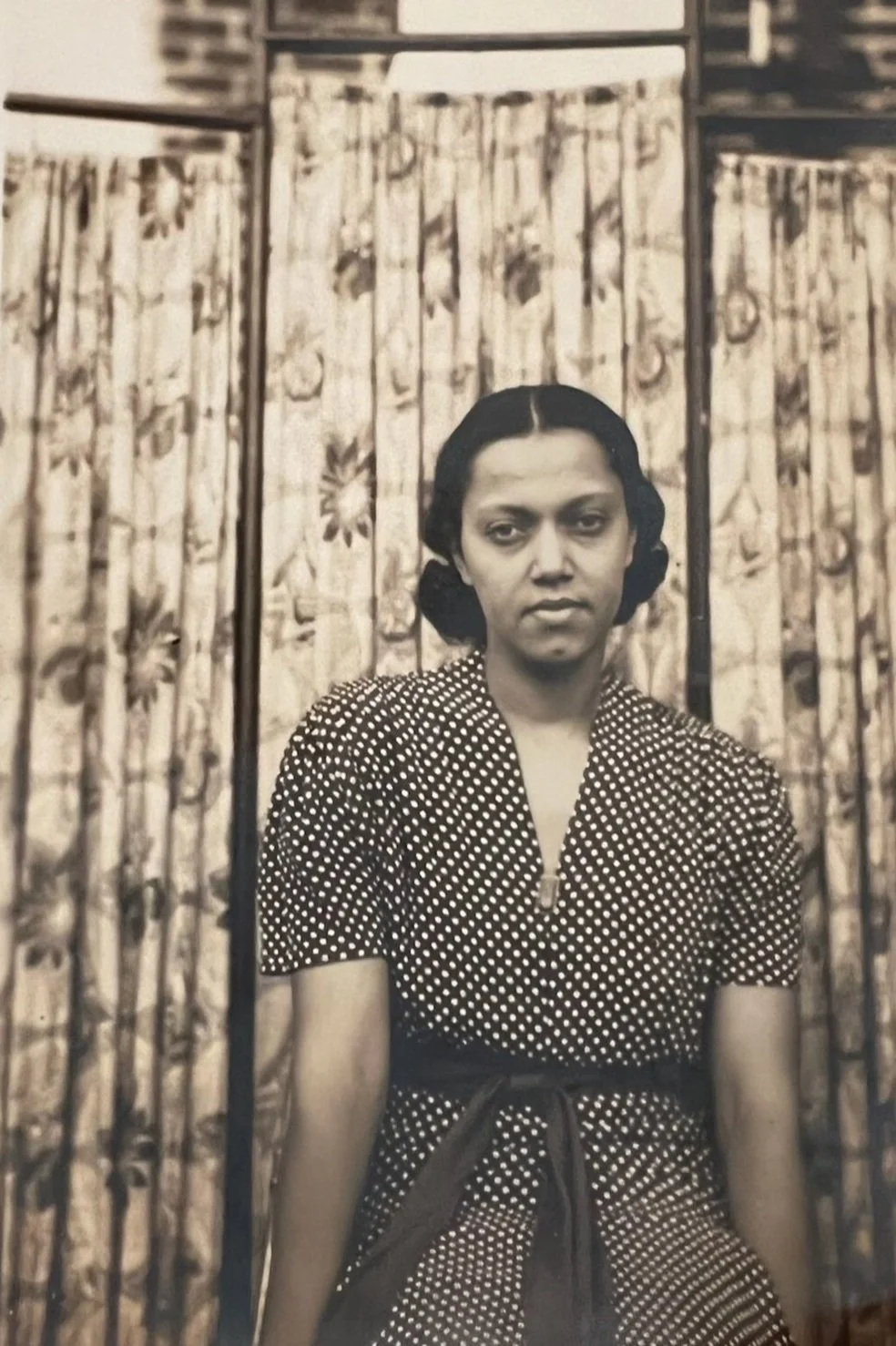
Harriet was born in 1910. Her genealogy ties to matriarch "Mama" McQueen, slave of John McQueen's Placentia Plantation, linking the family’s modern achievements to their ancestral history. She was a researcher, preservationist and archivist. Harriet collaborated with figures like Savannah Civil Rights activist W. W. Law and Monroe Nathan Work, a pioneering sociologist and historian, whose contributions to documenting Black life in America remain invaluable. Harriet’s own achievements in academia and her support for Savannah’s educational initiatives reflect her father Silas Peeler’s enduring legacy.

Alma Stone William's academic and musical achievements inspired future generations. Here is young Alma, teaching music at the piano in a piano in the Historic Stone Home. The family’s contributions to Savannah’s educational and cultural landscape are profound, from establishing programs at Savannah State University to co-founding SONATA, a music education initiative for underprivileged children.

Other members of the Stone family also left enduring marks. Alma Stone Williams, Percy’s daughter, was a trailblazer in racial integration, becoming the first African American student at Black Mountain College in North Carolina.



Monroe Nathan Work, Florence Hendrickson Work, "Gana" and unknown woman rowing in Country Club Creek behind the Historic Stone Home. Monroe met his wife Florence while working at Savannah State University. Florence's ancestors were enslaved on this land and very familiar with navigating the waterways. Florence's sister Constance was the wife of Bennett President, Silas Peeler. Harriet considered Monroe and Florence her "second set of parents."
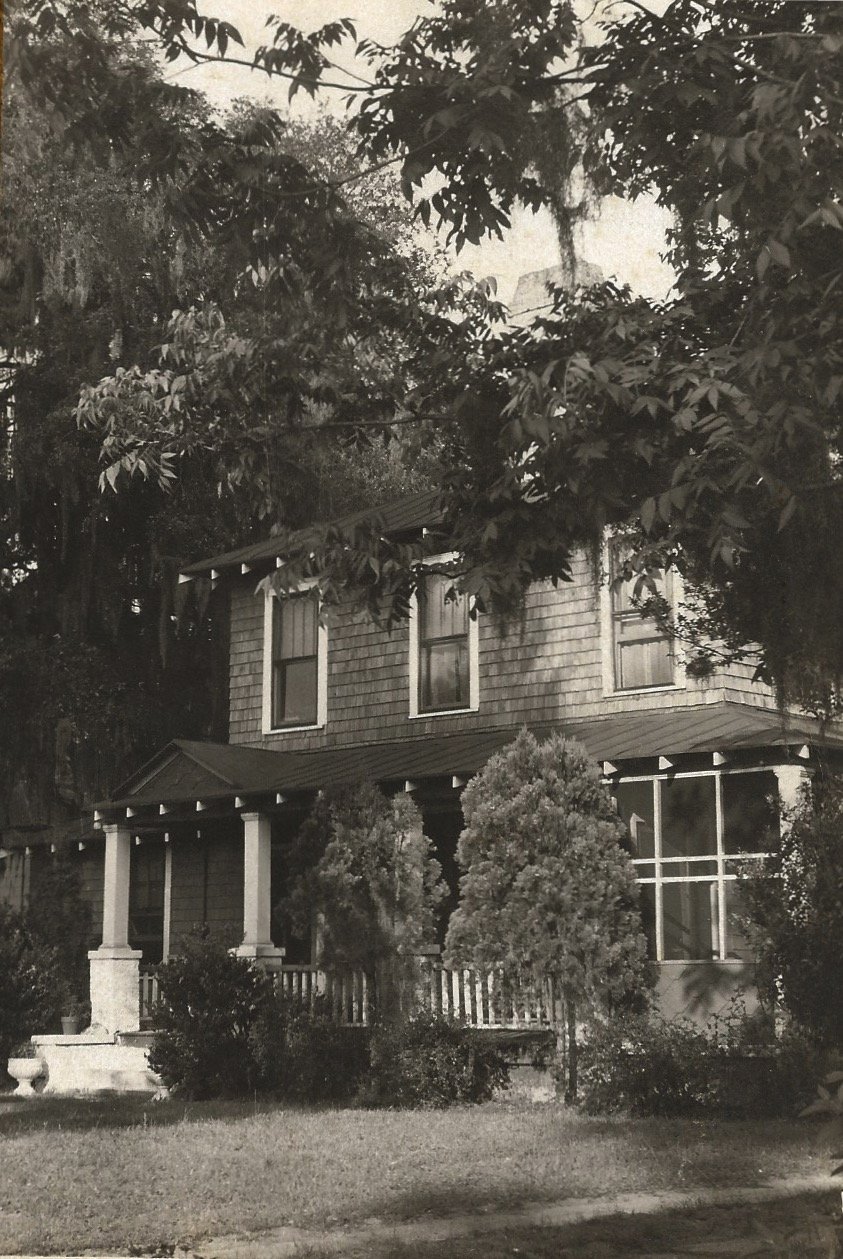
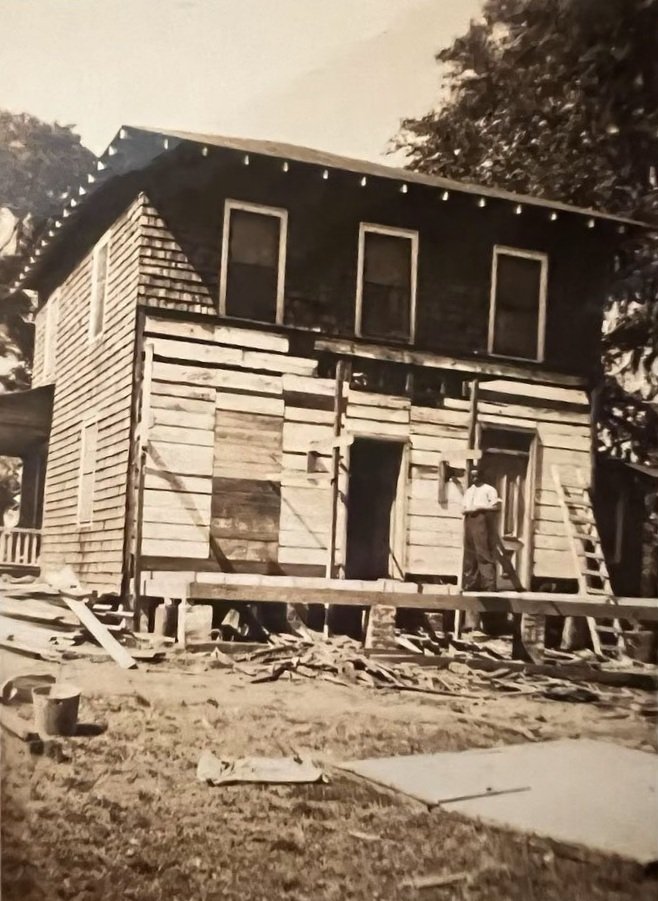
In the 1940's Percy Stone and his family renovated the Historic Stone Home to become accommodate their needs for their growing family. Pictures here is skilled local tradesman modifying what was the front of the home oriented toward the waterfront into a galley kitchen and laundry area.

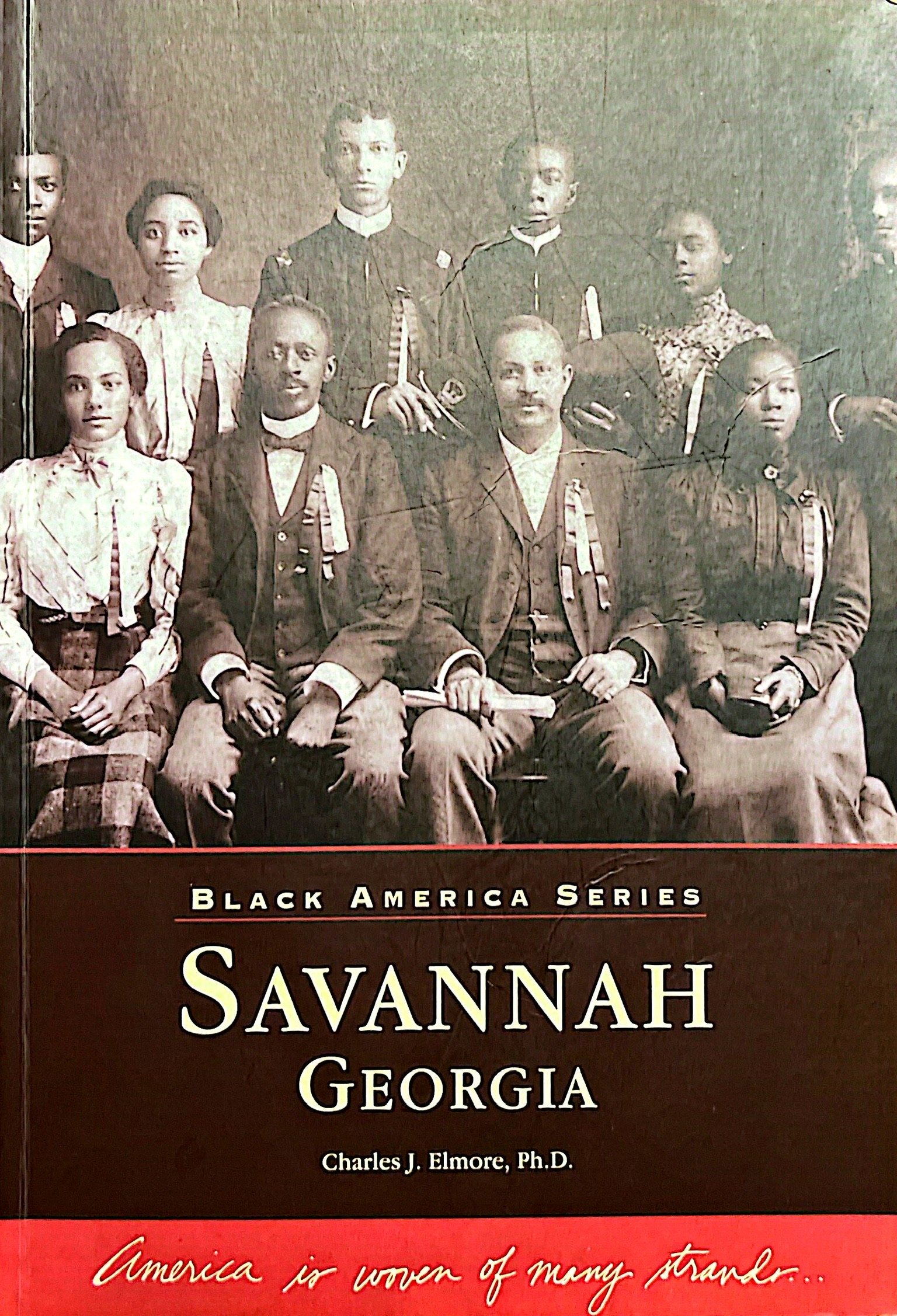
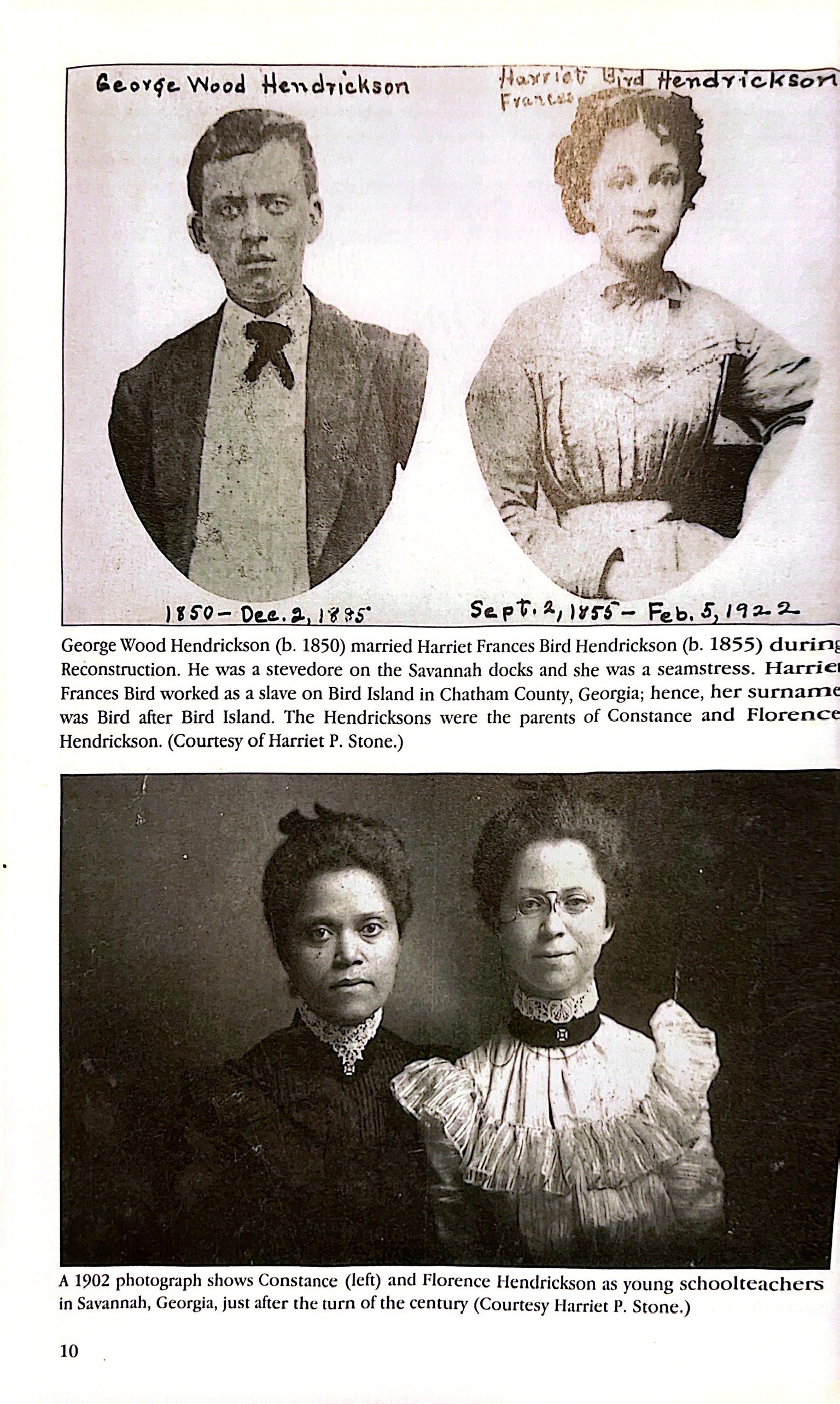
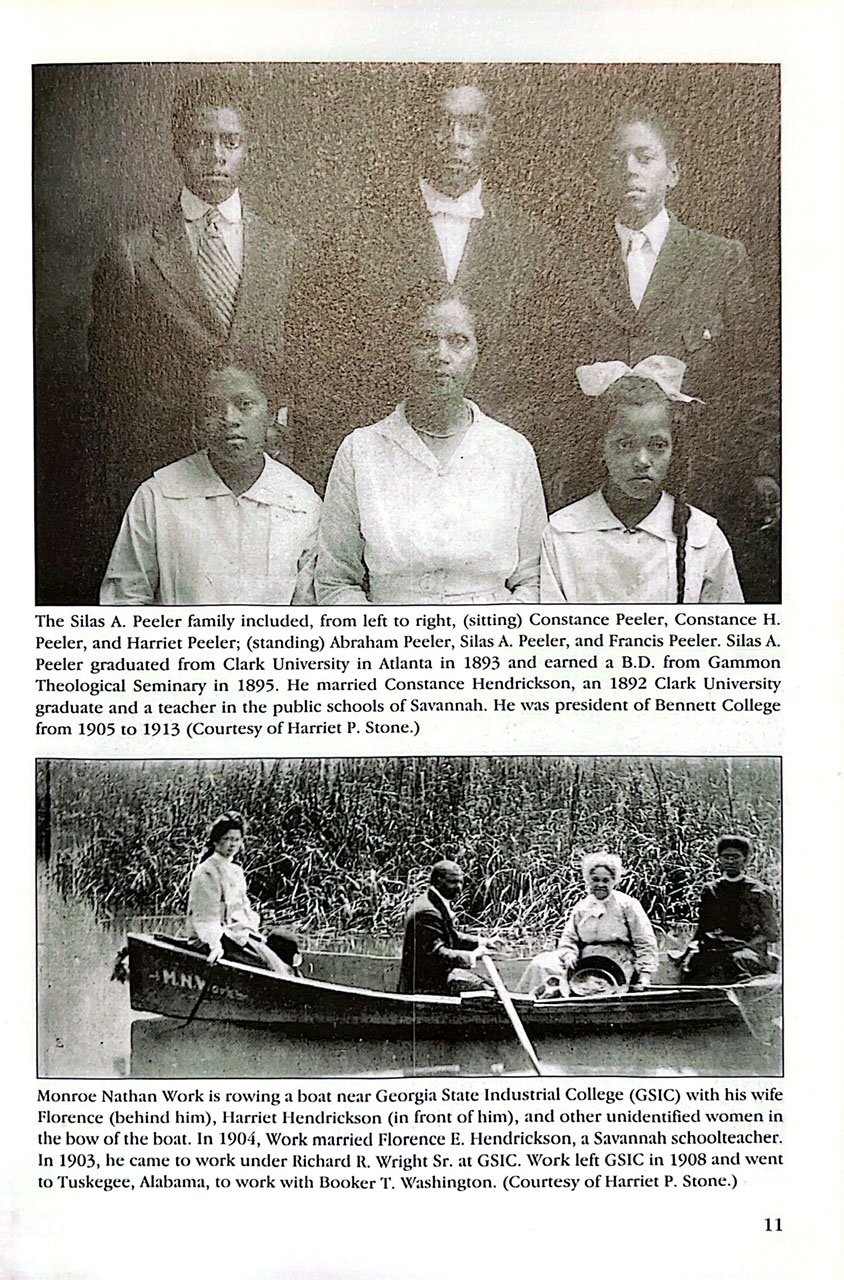

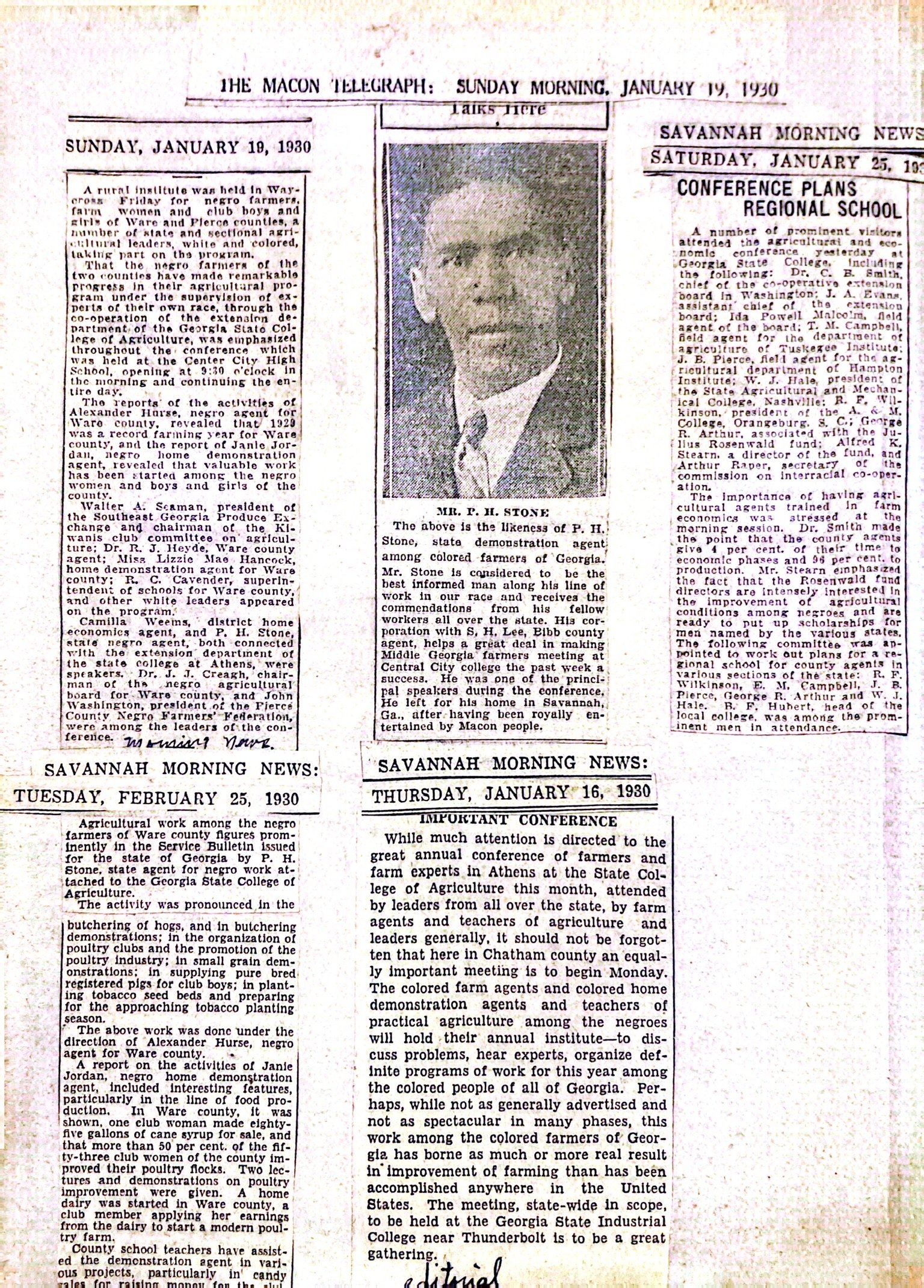
Stone’s leadership in agricultural education and youth programs was transformative, particularly for African Americans in Georgia. His innovative initiatives in 4-H programming bridged racial divides and provided equal opportunities for Black youth during an era of segregation. Stone’s efforts earned national recognition, and his legacy was immortalized with his induction into the National 4-H Hall of Fame in 2022.
